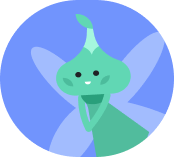Communicable Diseases
Subdecks (9)
Discovery and Development of Drugs
Hollys Cards <3 > GCSE Biology > GCSE Biology Paper 1 > Infection and Response > Communicable Diseases8 cardsAntibiotics and Painkillers
Hollys Cards <3 > GCSE Biology > GCSE Biology Paper 1 > Infection and Response > Communicable Diseases8 cardsVaccination
Hollys Cards <3 > GCSE Biology > GCSE Biology Paper 1 > Infection and Response > Communicable Diseases3 cardsHuman Defence Systems
Hollys Cards <3 > GCSE Biology > GCSE Biology Paper 1 > Infection and Response > Communicable Diseases14 cards
